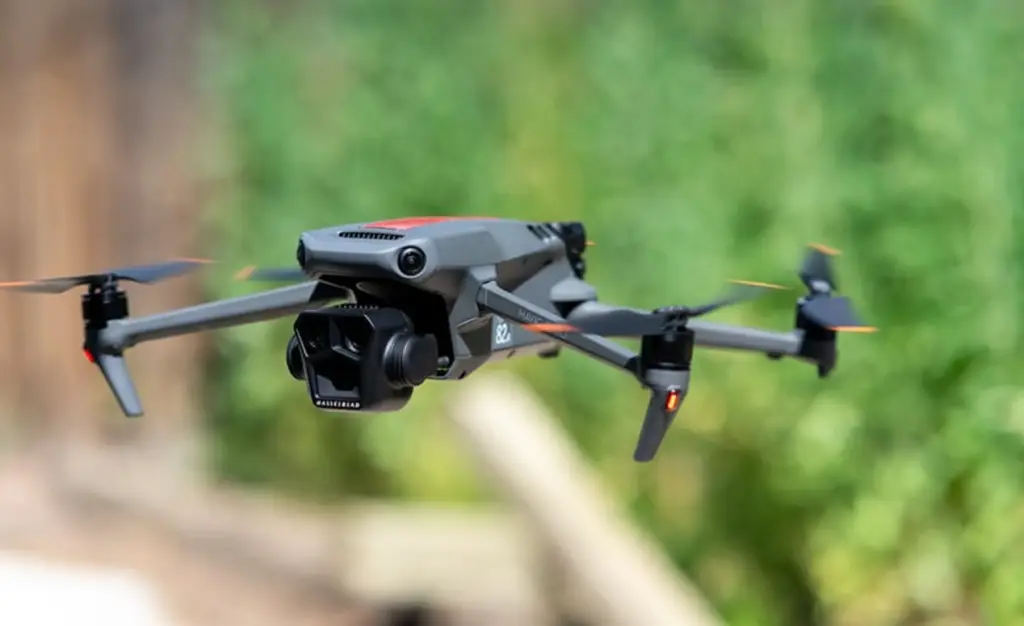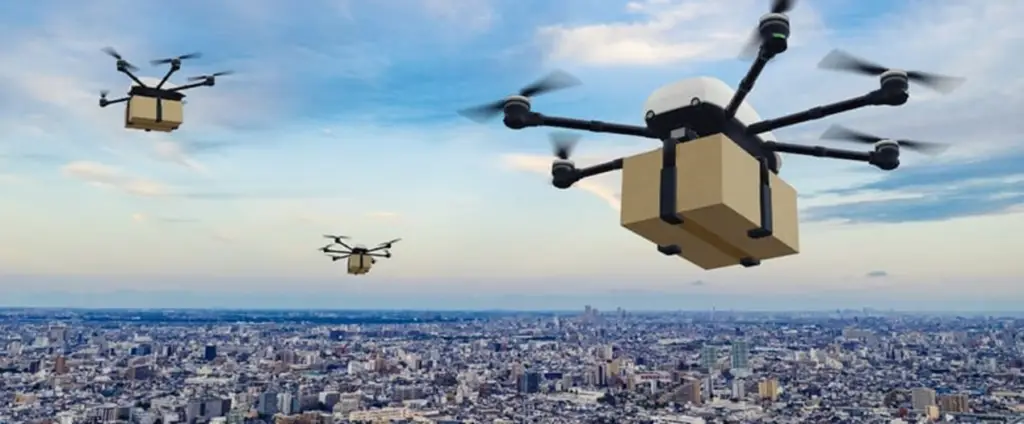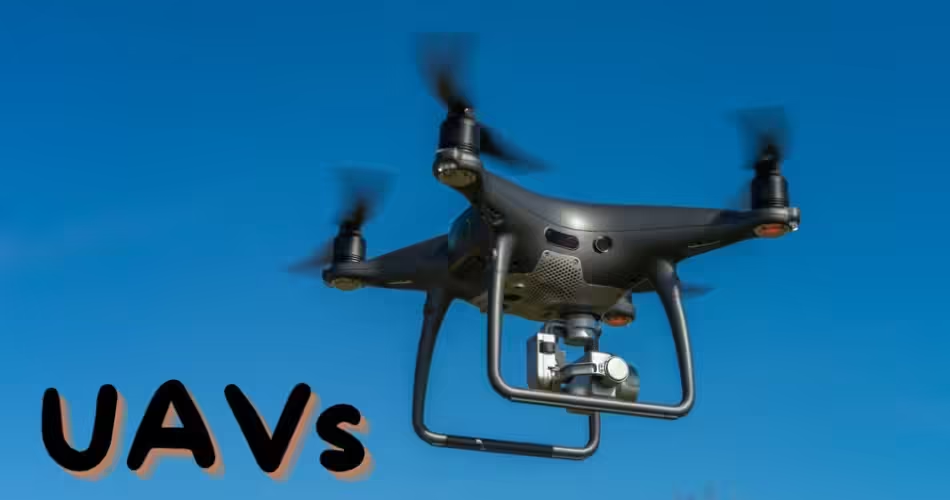This blog contains information about Unnamed Air vehicles. It starts with telling what UAVs stands for. This also explains what are UAVs and why they are important. Then it explains the Types of UAVs in detailed form. It also explain the important Uses of Unnamed Vehicles in detail. This blog contains introduction, uses, and Types of Unnamed Air Vehicles.
UAV stands for:
UAV stands for Unnamed Air Vehicles that are commonly called as Drones. These are small air vehicles that we can utilize for different purposes.
What are UAVs?
UAVs are air vehicles that carries no pilot, crew or passenger on it. These air vehicles are mostly controlled by a remote that operated by humans. These are fully or partially autonomous vehicles. UAVs were originally developed through 20th century, for the military purposes. By the 21st century they became essential for military missions by most of the militaries.
The word drone was in use from the early days of aviation, some applied to remotely flown target aircrafts used to practice firing by the battleship guns. Then the uses of UAV changes with time. And now drones use by many people and institutions for different purposes.
We can also call UAVs Drones. These are basically flying robots, that scientists especially designs to assist humans in their activities and daily life matters. It can include buying grocery from the supermarket, delivering gift to any loved ones, or helping you out in your agricultural activities.
Drones or UAVs have became a great part of military activities, courier companies, hospitals and also other important institutions in the big cities of the world. We predict that in near future, that drones will be in use in bulk, in all parts of the world for different assisting purposes.
The use of drone is common now. We can use them in our daily life, i.e. Photography, battles, delivering packages, videography, watering the farm and much more.

Types of Unnamed Air Vehicles:
Following are the main types of UAVs or drones:
Multi-rotor Drones:
Multi-rotor drones, also known as rotary-wing, are most widely used type of drones for recreational and professional use. Their small size and amazing control, makes it best choice for aerial photography. They offer versatility because it allows the installation of any type of camera for different purposes. Its battery life is shorter as compared to other drones and have less flight time than other drones.
Fixed-wing Drones:
Fixed-wing drones are able of harnessing air and generating forces that allow them to stay in air taking advantage from aerodynamics. The design is aerodynamic and takes help from the air to continue flying. These drones are more expensive than multi-rotor drones. They require a large empty land to take off and land. These drones only fly forward.
Single-rotor Helicopter Drones:
These drones are powerful and durable. These drones are similar in construction and design of actual helicopter. They have only one rotor and a tail to control direction and stability. It combines the advantages of tiny multi-rotor drones and single-rotor drones so these drones are capable to carry larger payloads and fly more efficiently that multi-rotor drones.
Fixed-wing Hybrid VTOL Drones:
As the latest drone technology to introduce, fixed-wing hybrid VTOL drones modifies to take-off and land vertically. They combine the long-range and flight time of fixed-wing UAVs with vertical take-off. We design drones for mapping, surveillance, agriculture and rescue operations. These drones are unsuitable for beginners. It is much higher in the cost because of the installed latest technology and more battery life than other drones.
Uses of UAVs:
Following are the main uses of drones:
Photography and Videography:
UAVs are widely used for photography and videography. Different types of tiny cameras are fits into the drone or UAVs, that capture the wide and heighted view of landscapes, locations and the places that are difficult to reach. UAVs flies in the air and take mesmerizing shots of locations and landscape in the form of a video or a photograph so most of the time travelers and explorers use UAVs for photography and videography.
Agricultural Purposes:
UAVs are used for Agricultural purposes such as irrigation, seeding, and supply of fertilizers. We fill them with water and let them fly above the crops or fields and irrigate acres of land within minutes. This proves as an efficient irrigation system. In the same way, UAVs facilitates the in the supply of fertilizers and seeding to the soil. Drones will be a useful machinery in the field of agriculture in near future.
Military Practices:
UAVs are used for military training and missions. Drones or UAVs can help by creating artificial firing, for supplying goods and for transfer of goods during war or battle from one peak of mountain to another peak. This saves time and man power in the period of war. Military of Developed nations are using UAVs for many military purposes during wars and battles.
Delivery of Packages:
UAVs are used for delivering packages. Lately, drones are delivering packages from one location to another. These can be for delivering gifts by courier companies, grocery, and different goods. These drones or UAVs have a compartment to load to the luggage and you can also auto-set your location of delivery in the drones. This is helping for delivering medicines for emergencies in hospitals and also to homes.
Mapping:
UAVs are used for mapping and surveillance. As we all know, the UAVs are in use for videography and photography and may work as an efficient Camera. In the same way we can use them to capture the landscape from height in order to map it or to survey critical location. We can also use them to look after a huge public gathering, any high profile political gathering, or an office to monitor work of the people and know what is going on.
Rescue Operations:
UAVs are in use for rescue operations. Drones or UAVs are use for delivering medicines, camps, medical kits, blankets, and other useful equipment in the case of emergency so we can use drones to deliver assisting equipment in the case of Flood, Earthquakes, Landslides and other natural disasters. These can easily transfer the equipment at locations that are difficult to reach.
Nutrient Supply and Farming:
Latest UAVs are in use for farming purposes and controlling all water any nutrient supply. In farming, they are in use for monitoring whole farm by standing at a single location by drone camera. It also facilitates by supplying nutrients in random order to keep the field full of nutrients and the plant nutrient supply can be customizable according to the crop type and needs.
Traffic Management:
The traffic police can utilize drones of UAVs in management of the Traffic. As it can provide heighted view of the whole traffic, so it is easy to observe the part of traffic, we can use to solve or prevent traffic congestion. These drone can show the whole view to the traffic police so that they can go directly to the right place where the traffic congestion started and needs attention. This will save the precious time of the people stuck in the traffic
These are few important uses of UAVs or Drones. This blog contains Types and Uses of Unnamed Air Vehicles.
Conclusion:
UAVs are flying robots that are designed to assist humans and make their daily life activities easier than before. UAVs stands for Unnamed Air Vehicles. These vehicles are of four types; Multiple Rotor Drones, Fixed-wings Drones, Single-rotor Helicopter Drones, and Fixed-wings Hybrid VTOL Drones. All of these types have their own characteristics and systems to work. There are many uses of Drones or UAVs. We can use UAVs for delivering packages, in agricultural practices, military activities, mapping, Farming, and also many other useful things. These are in use for all those purposes that were time taking before this invention and after recognizing its uses. UAVs proves as efficient robots that are assisting humans in their life activities and serves as helpers in emergency situations. This blog contains Types and Uses of Unnamed Air Vehicles.

To learn about more topics, Click the links below:


Comments